Hypoxemia, no electricity, sleeping on the ground for a month, a hole in the ground as a toilet facility, bucket showers, traveler’s diarrhea, hiking over 18,000 foot passes and delivering much-needed medical care above 13,000 feet in the Himalayas – what’s not to like?
.jpg)
Mt. Rinchen Gonpa (Gumbok Rangan, Gumburanjon) and the Kargiakh Chu
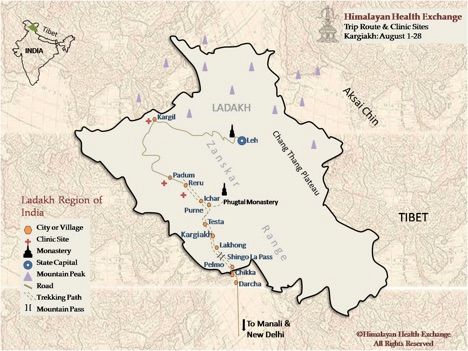
In August of 2017, a group of medical students, residents, attending physicians, sherpas, horsemen, and mules spent a month in a remote area of the Himalayas trekking and providing medical care to eight villages of Ladakh in Jammu and Kashmir, India.
In an arduous, intense, yet extremely fun and meaningful example of combining profession and passion, I was honored and privileged to help lead for the second time the annual Himalayan Health Exchange Medical Expedition to the Kargiakh area of the far Northeast India (instagram #northeastindia). Our intrepid group met in Leh, India.We were comprised of 21 medical students, three residents, two attendings (Dr. Swati Avashia, MD IM/Peds, University of Texas Southwest and me), eight Nepalese Sherpas, and a half dozen Ladakhi horsemen. The students and residents came together from medical schools across the U.S. and the U.K., and also included student physician assistants from Canada.
The area is extremely remote. To reach the area, we flew from Delhi to Leh, then took an all day car ride on poor, treacherous, exposed roads to Sarchu. After arriving in Sarchu (14,450 feet/4,400m) we set up our clinic tents, and saw about 80 local villagers and road workers. We then trekked for four days to climb over 18,250-foot (5,500m) Phirste La Pass. We dropped into one of the valleys of the Zanskar River system at the headwaters of the Indus River where we set up our clinic tents again in Tangtse.
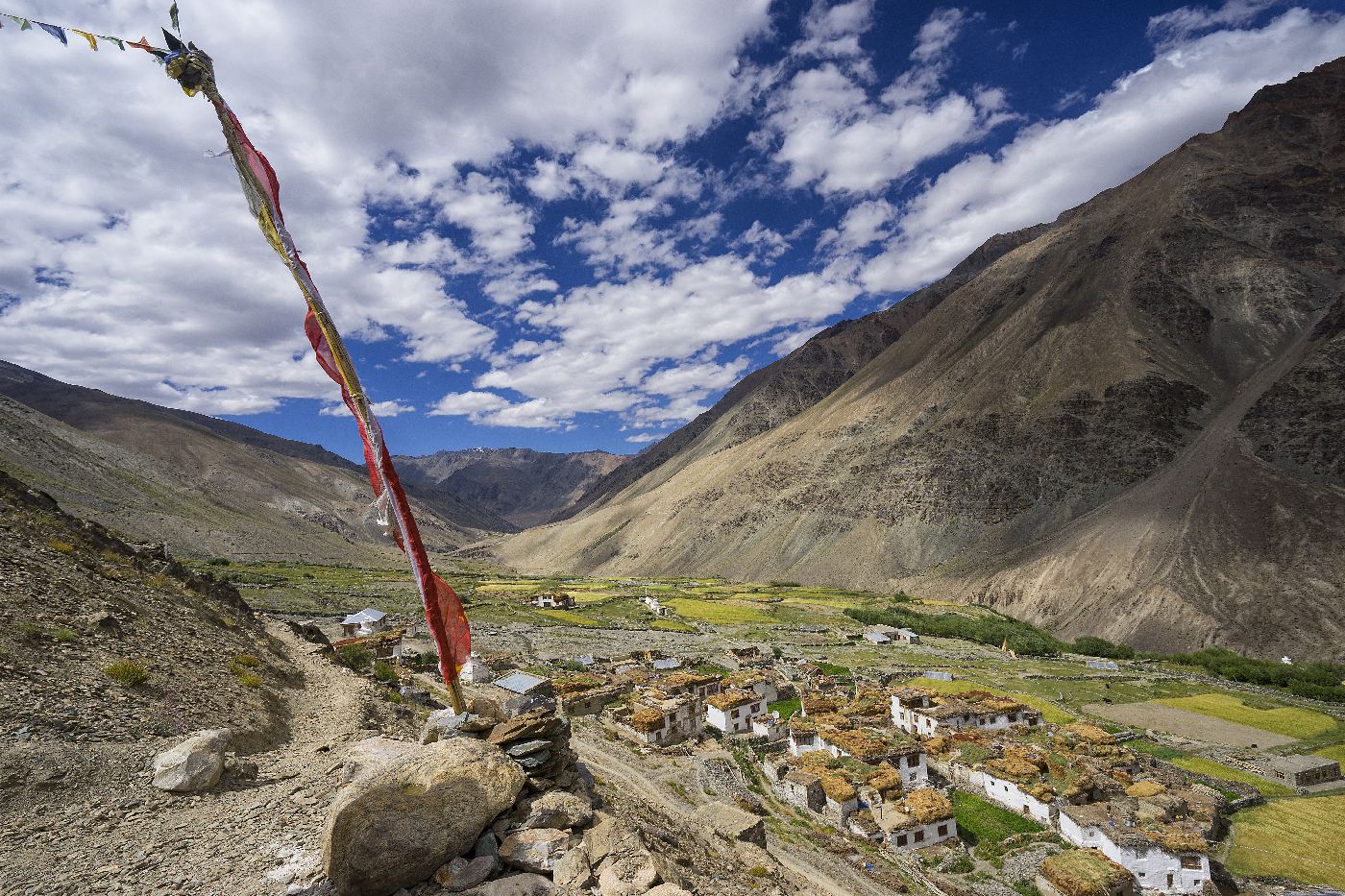
Testa Village from a small Gompa above
Over the next three weeks we travelled up and down three valleys, usually hiking all day to get to the next village and having clinic the following day. We slept in tents in barley fields in the villages where we were providing care. Marketing for the clinics was done by simply being present; it is hard to not notice a large group of tall, slow, and pale people and mules walking through your sleepy village of 75 residents. Himalayan Health Exchange has been bringing in the medical care team to this area for more than 15 years and they are always eagerly awaited and welcomed.
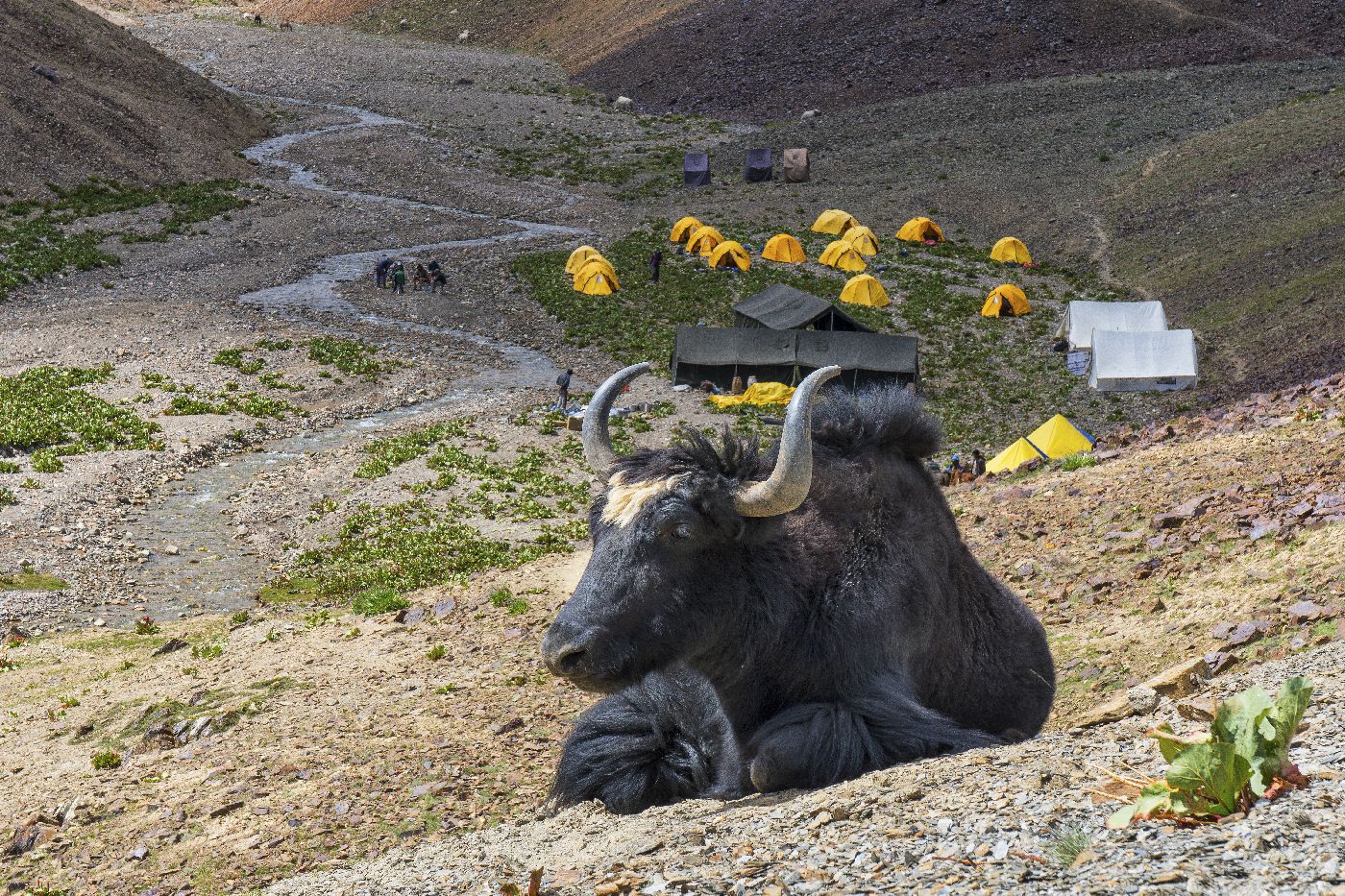
Yak above our camp at 16,000 feet/4,900m at Chumak Marpo, just below Phirste La
One of our stops included a daylong side trip to minister to the 80 resident monks of Phuktal Monastery, and to a wild pack of exuberant and inquisitive mini-monk boys in the monastery school. In a demonstration of Buddhist humility and service, we were served tea and biscuits by the monastery leadership (boss monks?) and given a tour of the monastery and of an Ayurvedic Medicine outpost within the monastery. Some of us may or may not have had an Ayurvedic medical assessment by the Amchi in the form of a prolonged three-fingered pulse reading, and may or may not have received some unknown fragrant herbal remedies dispensed out of mysterious boxes and jars.
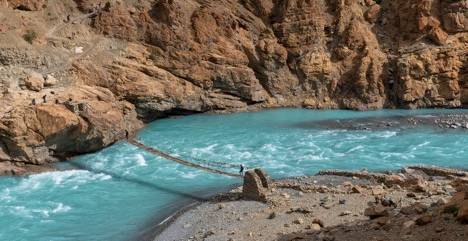
Bridge to Phuktal Monastery
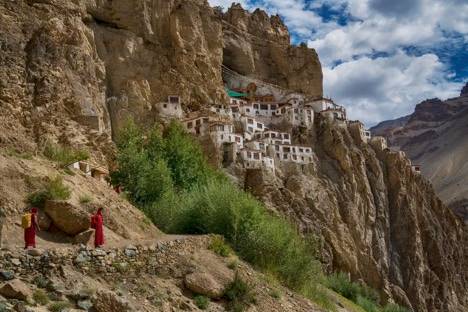
Monks leading us to Phuktal Monastery
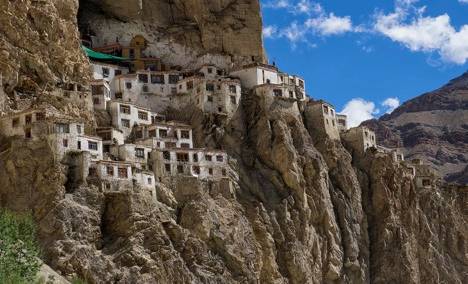
Phuktal (Phugtal) Monastery
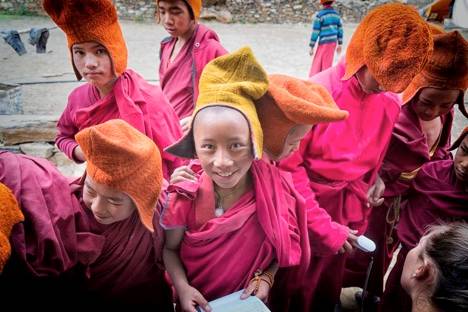
The Magenta Horde of Phuktal
Monastery school boys
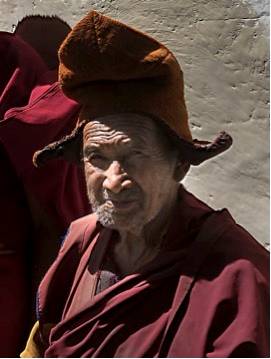
Phuktal Gompa Monk
Our way was paved physically, socially, and spiritually by our dedicated Buddhist monk ‘Lama-ji’ (Geshe Ngawang Tenzin). Lama-ji was born in Kyng, one of the villages where we held a clinic. Small in stature and emulating the older Buddha’s shape, he was a hard guy to keep up with on the trail but a surprisingly fun guy to have around. Each trekking day he led us in a Puja (Buddhist prayer song and blessing) to ensure a successful trek.
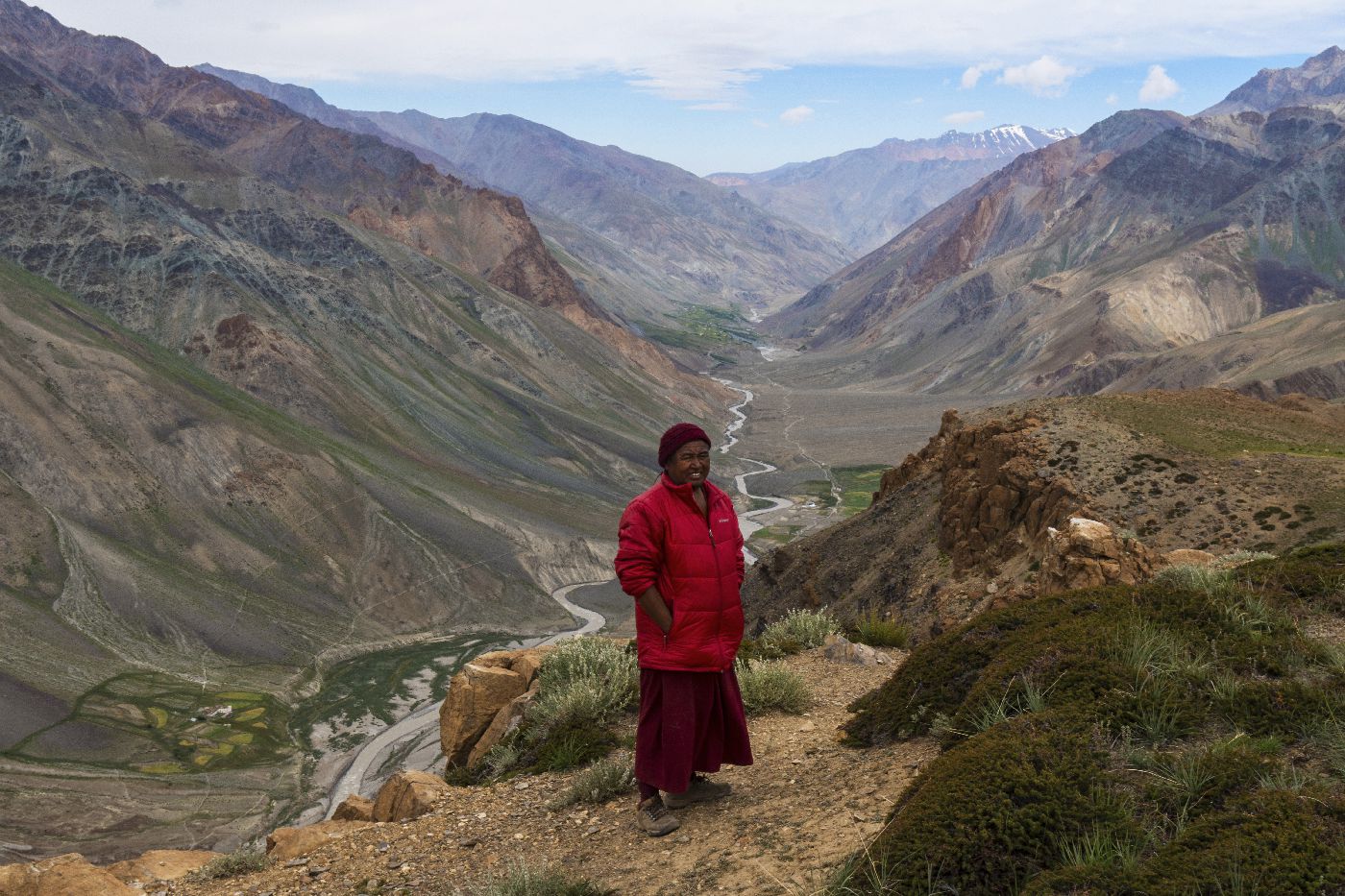
Lama-ji above the Lingti Cha Valley
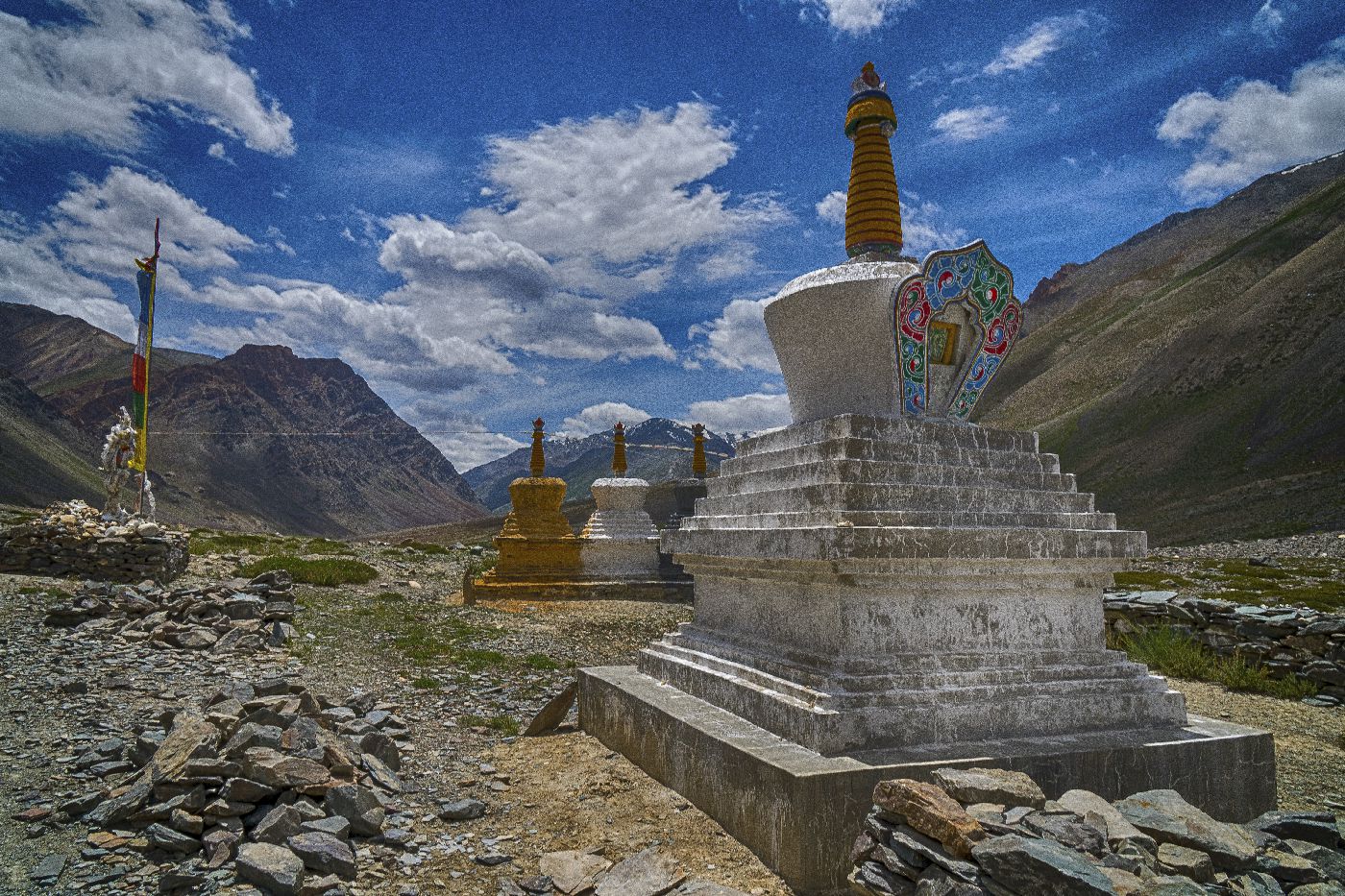
Chorten at Tangtse (Tangze) Village
Our typical clinic day consisted of a delicious but decidedly non-paleo hot breakfast followed by setting up four clinic stations, an intake area, and a ‘pharmacy’ tent where medication and advice was dispensed. We then divided up into four teams of 4-5 students, each led by a Resident or Attending. Patients came singly, in family units or in larger worker groups. Common presentations included eye irritation, back pain, knee pain, and abdominal pain. A peek into the daily life of a Ladakhi farmer might explain the social predecessors for these.
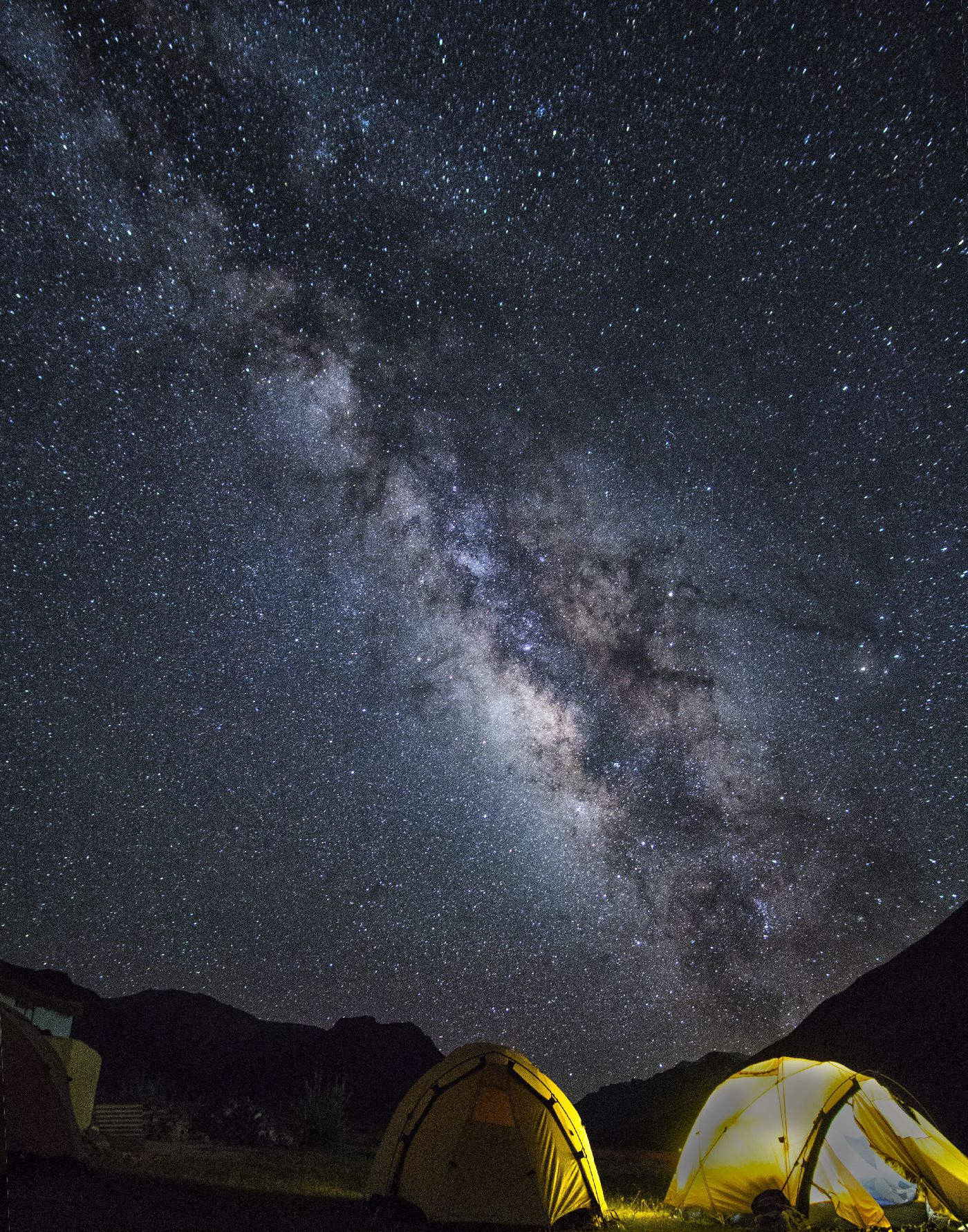
Sleeping under the whole galaxy
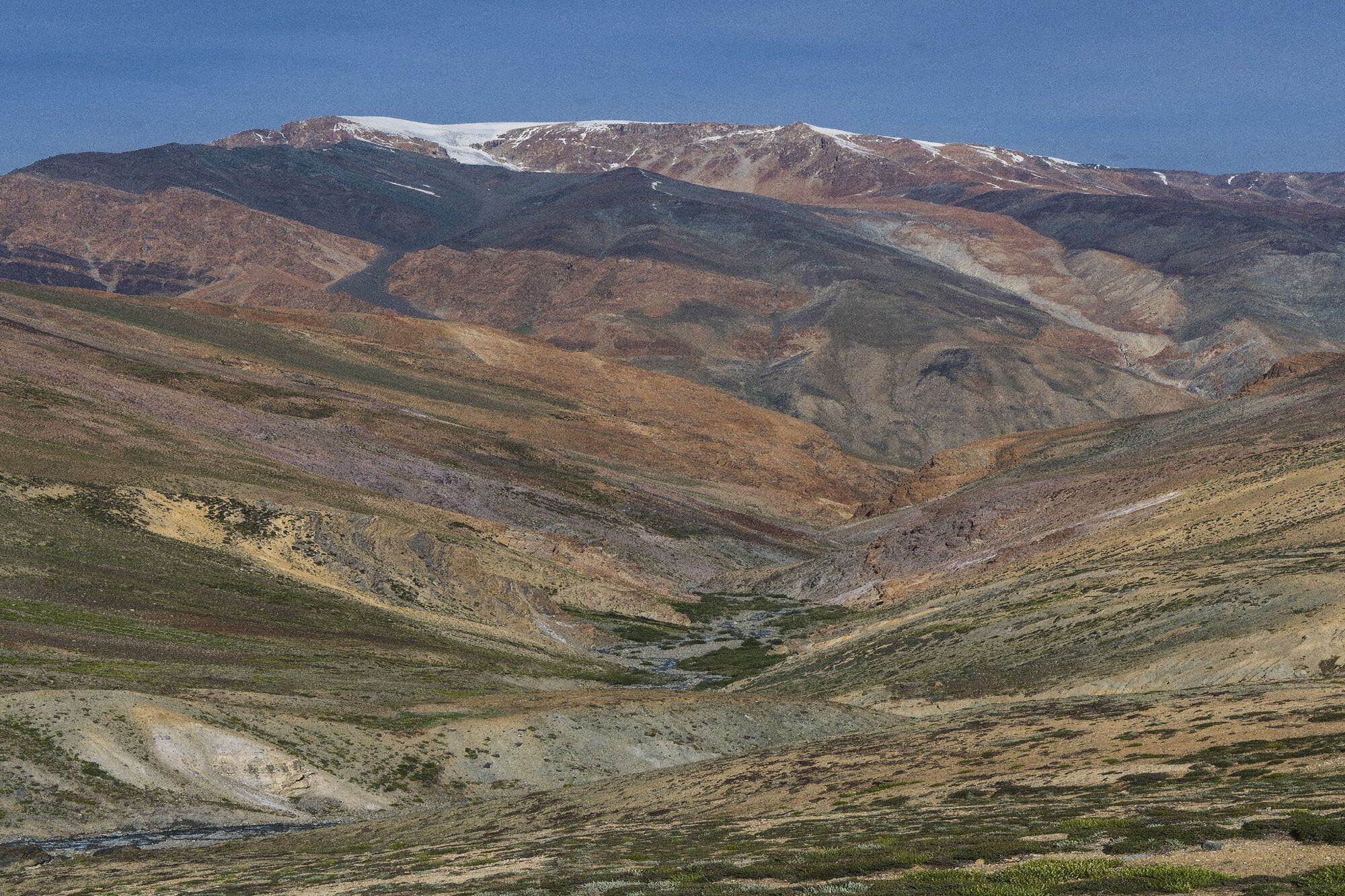
Looking down on the Lingti River Valley
Our patients for the most part were farmers and Yak herders. For seven months of the year, this area is under snow, and the passes in and out of these valleys are not navigable. Enough food has to be grown in the five warmer months to supply the people and their animals for the other seven months. They work in the fields from dawn to dusk without power tools and take their large meal of the day in the only available time – after dark and right before bedtime. The area is above tree line so even the Yak dung must be harvested to use for fuel and cooking. Thus we end up seeing a lot of overuse syndromes and osteoarthritis, and esophagitis and reflux symptoms. Because they are working in a high-altitude sunny, arid, and windy environment, we also see a lot of irritated eyes, pinguecula, and pterygia as well as a variety of skin conditions.
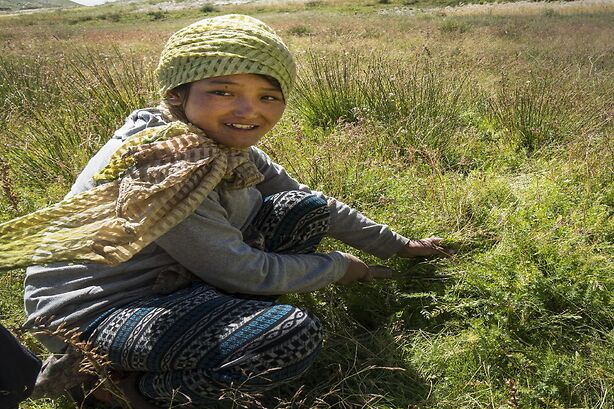
Teen girl harvesting an anise-like plant; seeds are sold in Manali, stalks saved for animal fodder
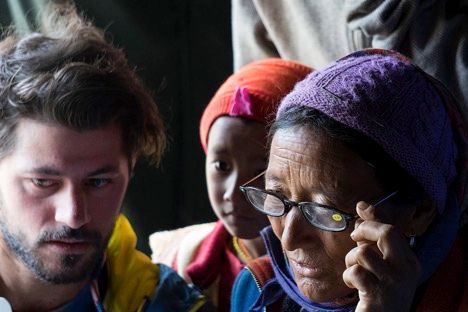
Finding the right reading glasses with Elliott Penna , PGY-2 EM Resident from South Carolina
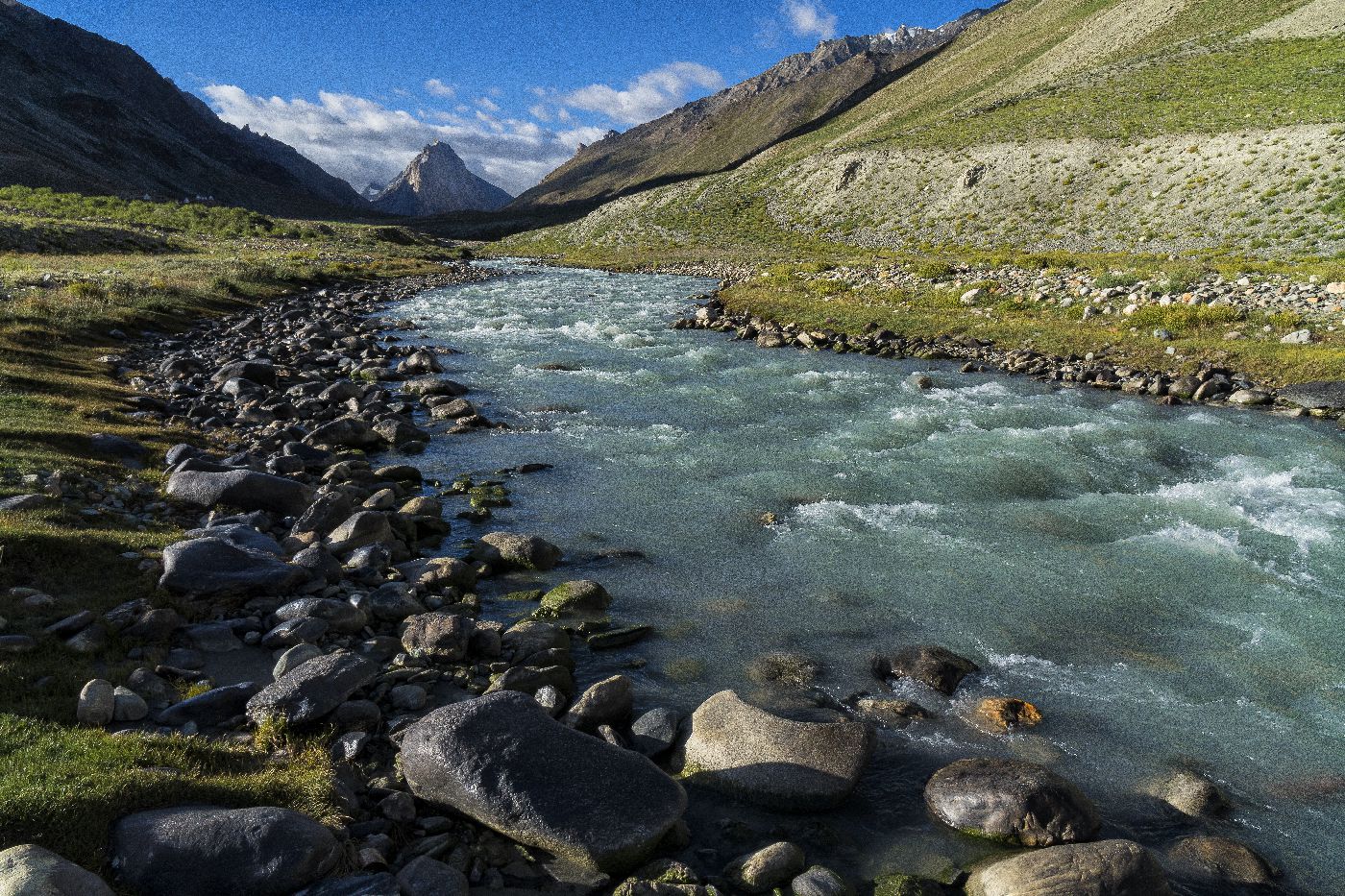
Kargiakh Chu below Mount Rinchen Gonpa
There are no local physicians other than a circuit-riding Amchi Ayurvedic practitioner. For the residents to access any other type of medical care they must navigate by foot or mule for 3-5 hard days, climb over a 16,000 or 18,000 foot pass, and then take a 1- to 2-day, bone-rattling drive to Manali.
Himalayan Health Exchange not only provides a working wage for the local Amchi but also arranges for free surgical care and medical consultations in Manali for select patients and helps support a clinic established by our own Lama-ji through the Himalayan Buddhist Cultural Association.
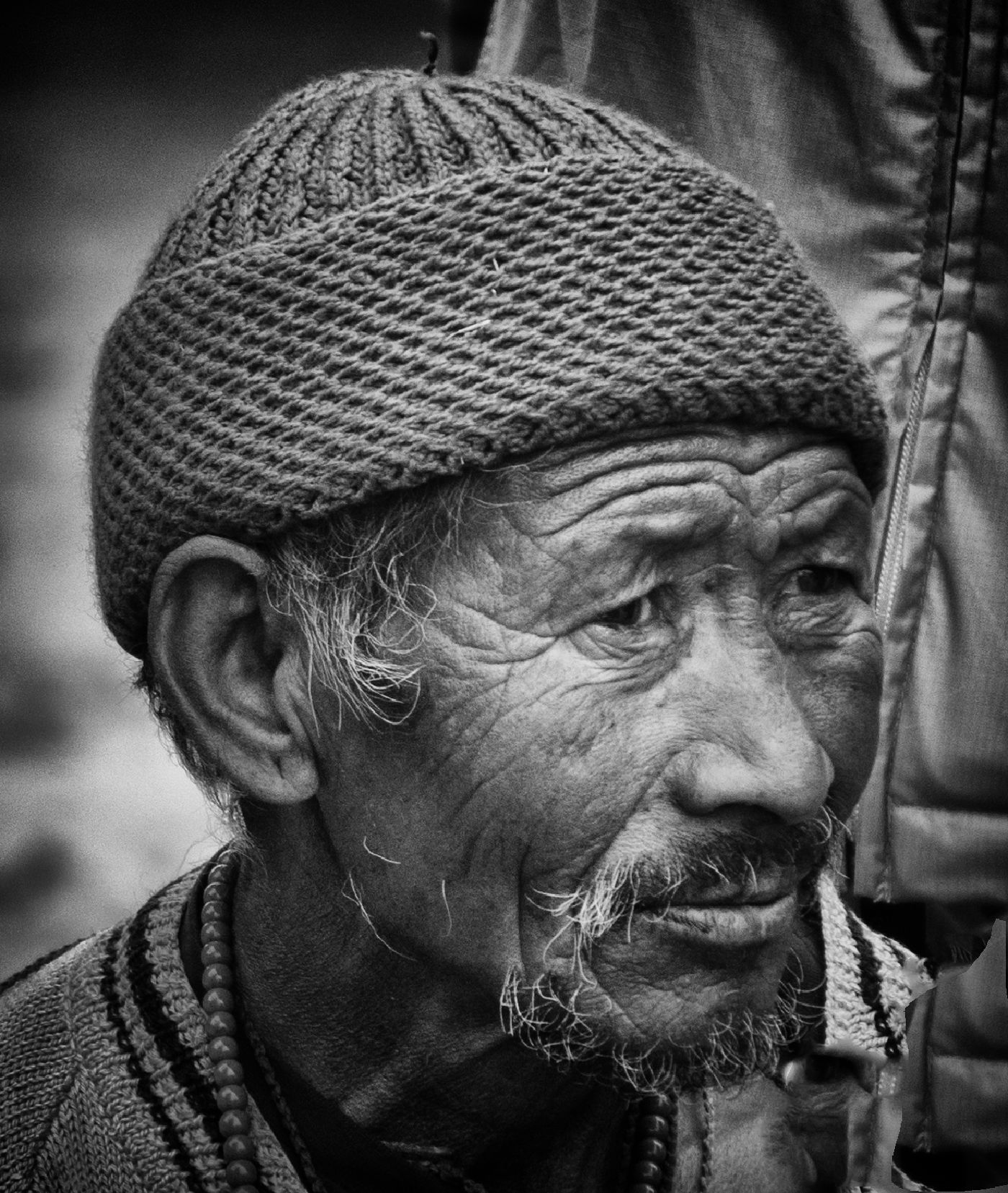
Elderly patient in Testa village
In addition to taking care of some of the medical needs of the local people, because of the altitude of the trip and of the passes encountered we had lots of mild altitude-related illness present itself in our own group. Many in the group also suffered from the usual remote, travel-related gastrointestinal illnesses (rhyming with ‘mama mia’) at various times. Toilet paper was fetching a high price in trade in the group black market!
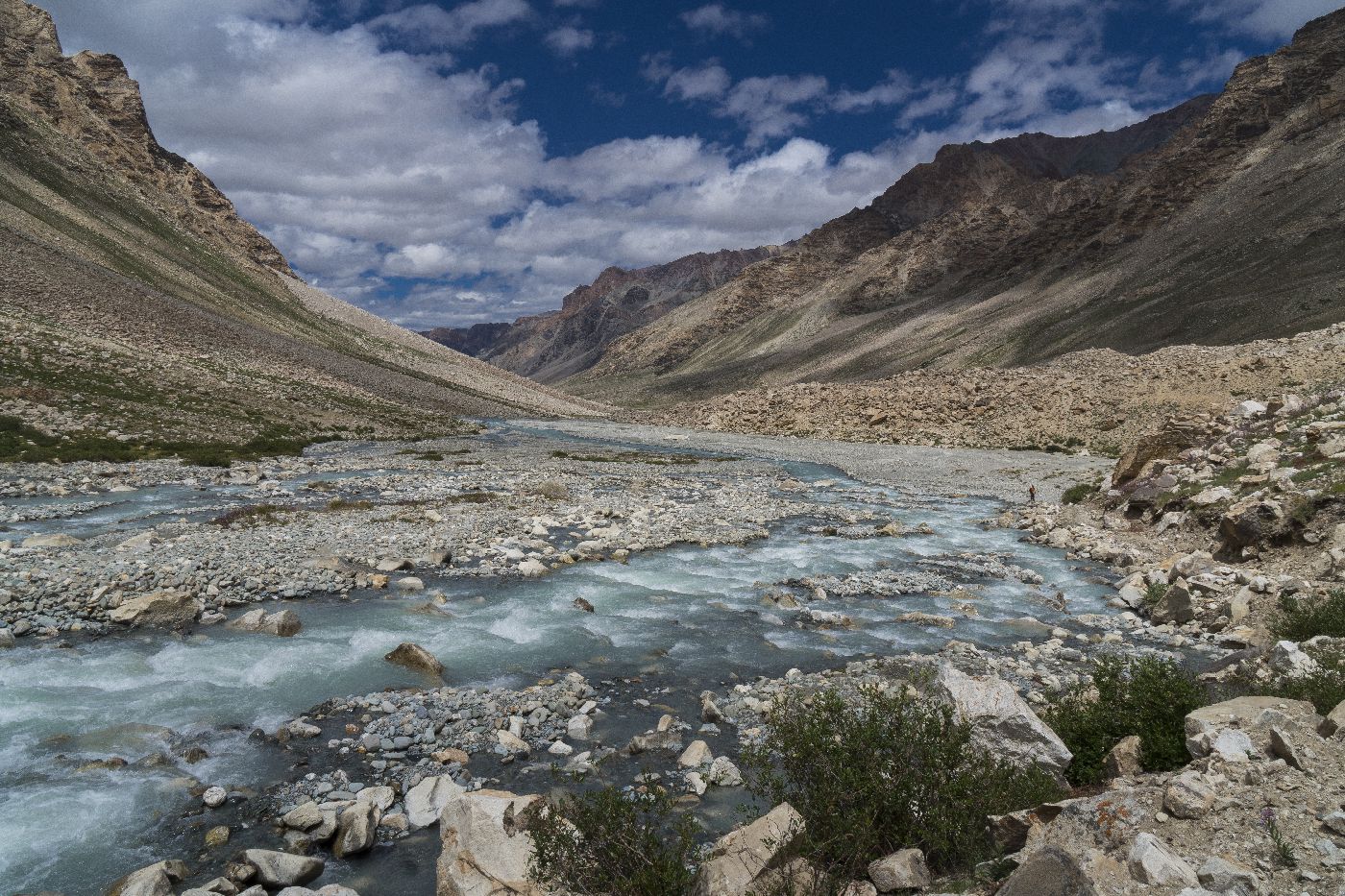
Kargiakh Chu
The Ladakhis are, for the most part, of Tibetan and Aryan descent, and are culturally much closer to Tibet and Nepal than they are to the rest of India. The predominant religion is Buddhism. The Ladakhi language derives from the same roots as Tibetan. Much of the calendar and cultural influence revolves around the many local monasteries, with the monasteries of Leh, Shey, Spiti, and Phuktal being influential in the area. The people greet their hard life with equanimity, persistence, and courage, and they seem inordinately happy and selfless.
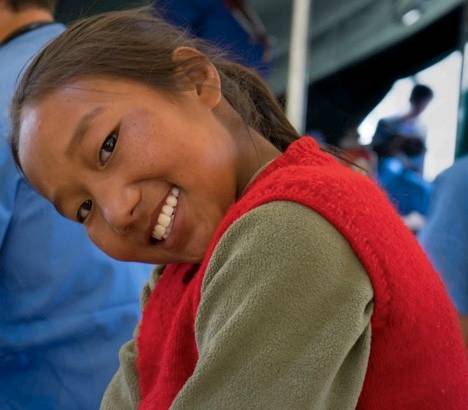
Smiling Sarchu girl in our clinic tent

Ladakhi woman
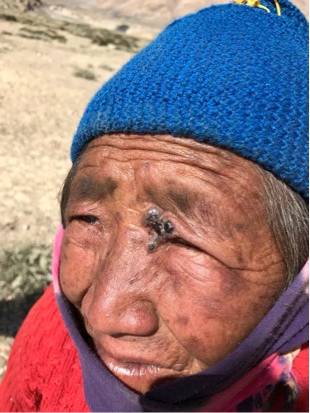
A grandma with a likely melanoma
.jpg)
The Testa Village mob and a
sunburned caucasian (me)
This is a for-credit elective/rotation for both the students and Residents, and they are tasked with preparing and giving lectures to the group on clinic days during the evening. Topics include subjects of local medical relevance, wilderness medicine, and medicine in austere and resource-deprived environments.
Elderly woman in Kargiakh Village moving on to the next barley field for harvesting.
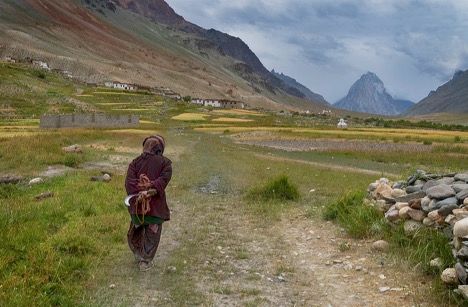
The students and Residents were very impressive – smart, fit, hard-working, helping each other out, supportive of each other, and loving to the patients. I feel honored to be a part of a profession that continues to attract the best and brightest of our youth. If these students are any indicator, the medical care of the residents of the U.S., Canada, and the U.K. is in very good hands!
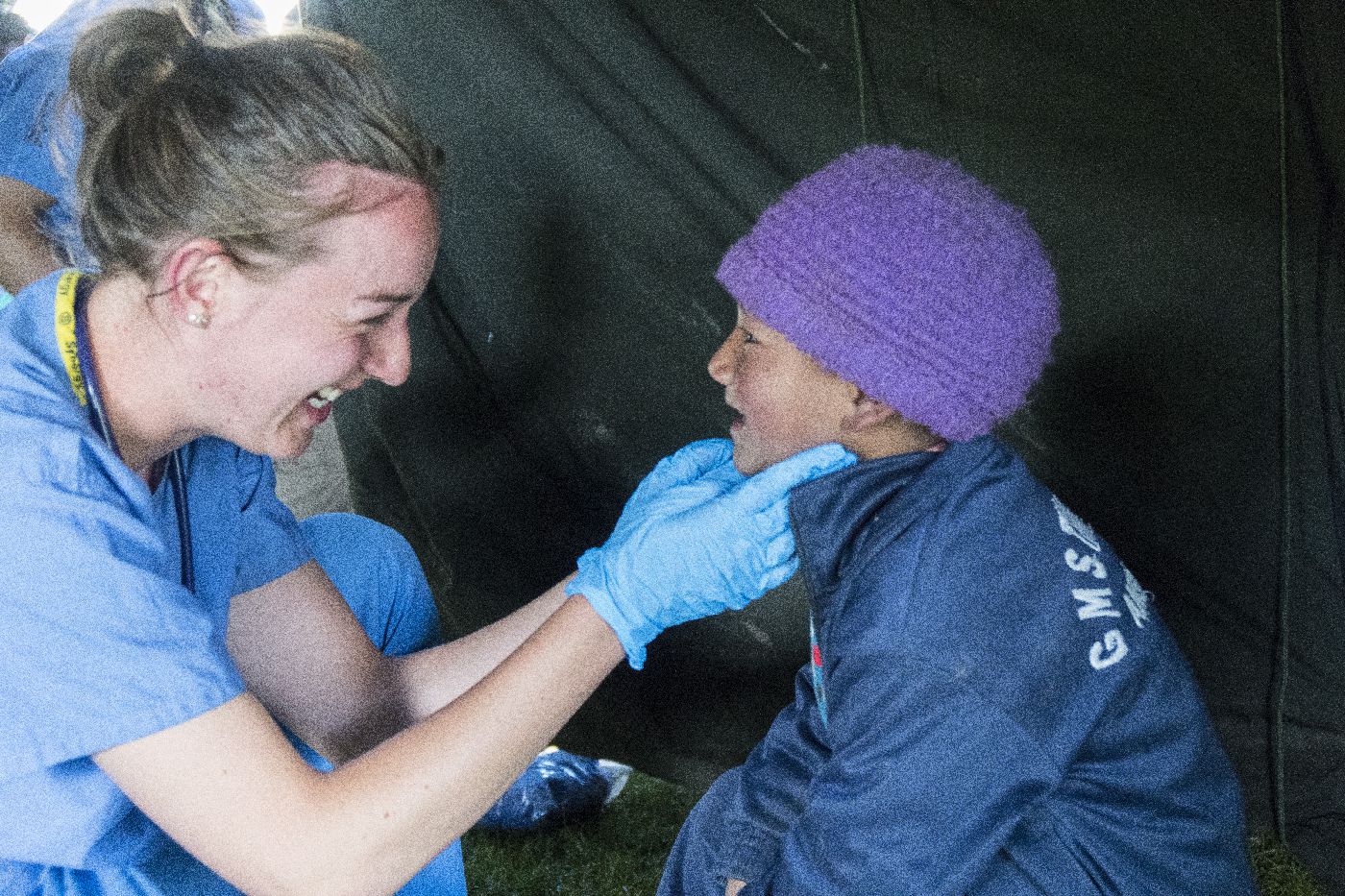
Maria Herbert, MS V (UK) and a starstruck boy
I have come away from these trips grateful and humbled, and wishing I could do more with and for these gracious Ladakhi people. The horsemen worked tirelessly to ensure we got from one place to another timely, and I for one really appreciated the ability to trek with just a light daypack. And the Sherpas! Sherpas here, as in Nepal, overwhelm me with their kindness, work ethic, skill, and attitude. This is a group of actual Sherpas (their family name is Sherpa) from the Sindhupalchok area of Nepal struck recently and so severely by the big Nepal earthquake in 2015. I am also indebted to and grateful for Ravi Singh and the entire Himalayan Health Exchange team for developing the complicated but very successful logistical support for the trek; what they do is not easy but they carry it out so well.
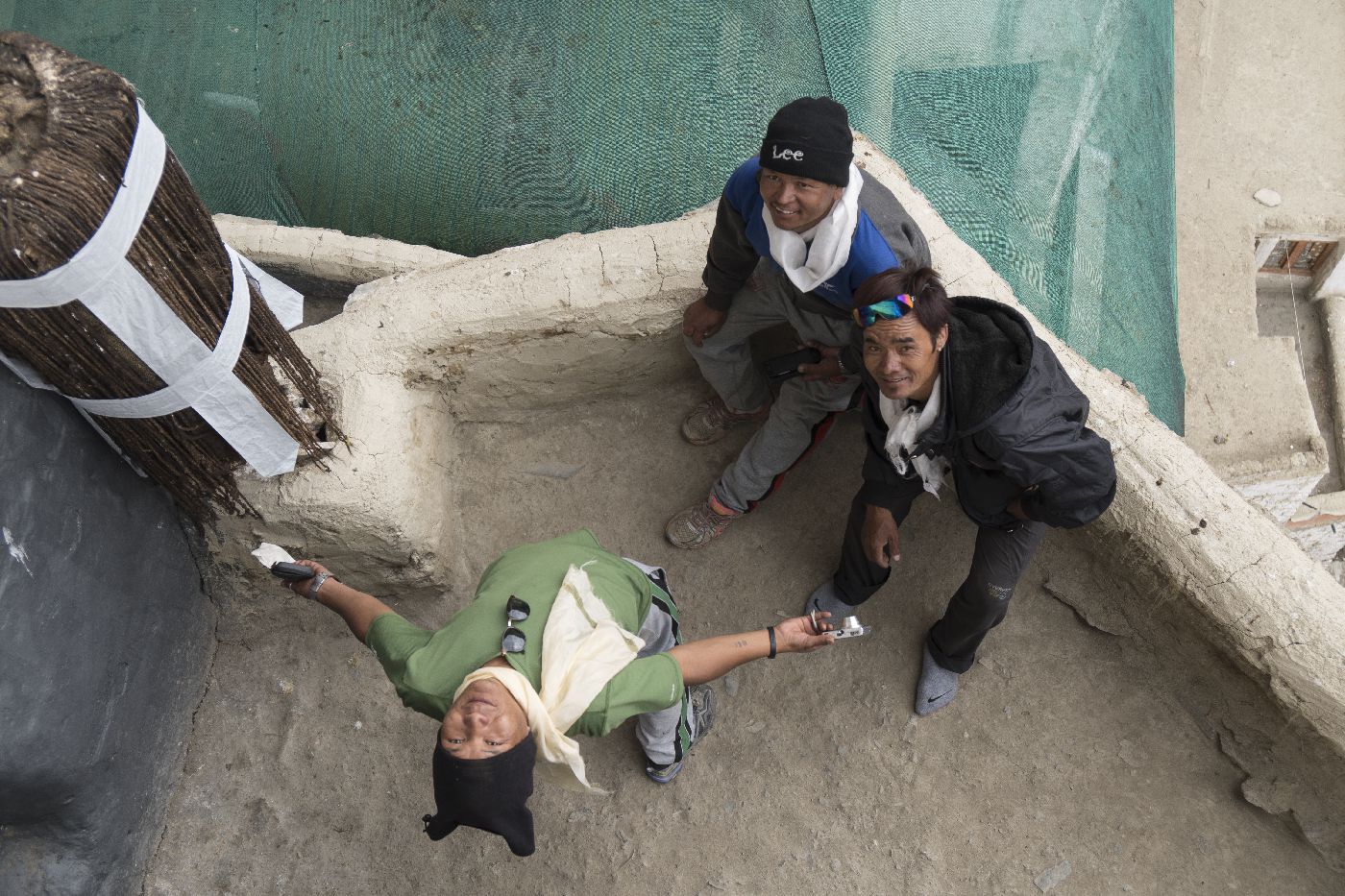
Nima, Tashi and Pasang Sherpa goofing at Phuktal Monastery
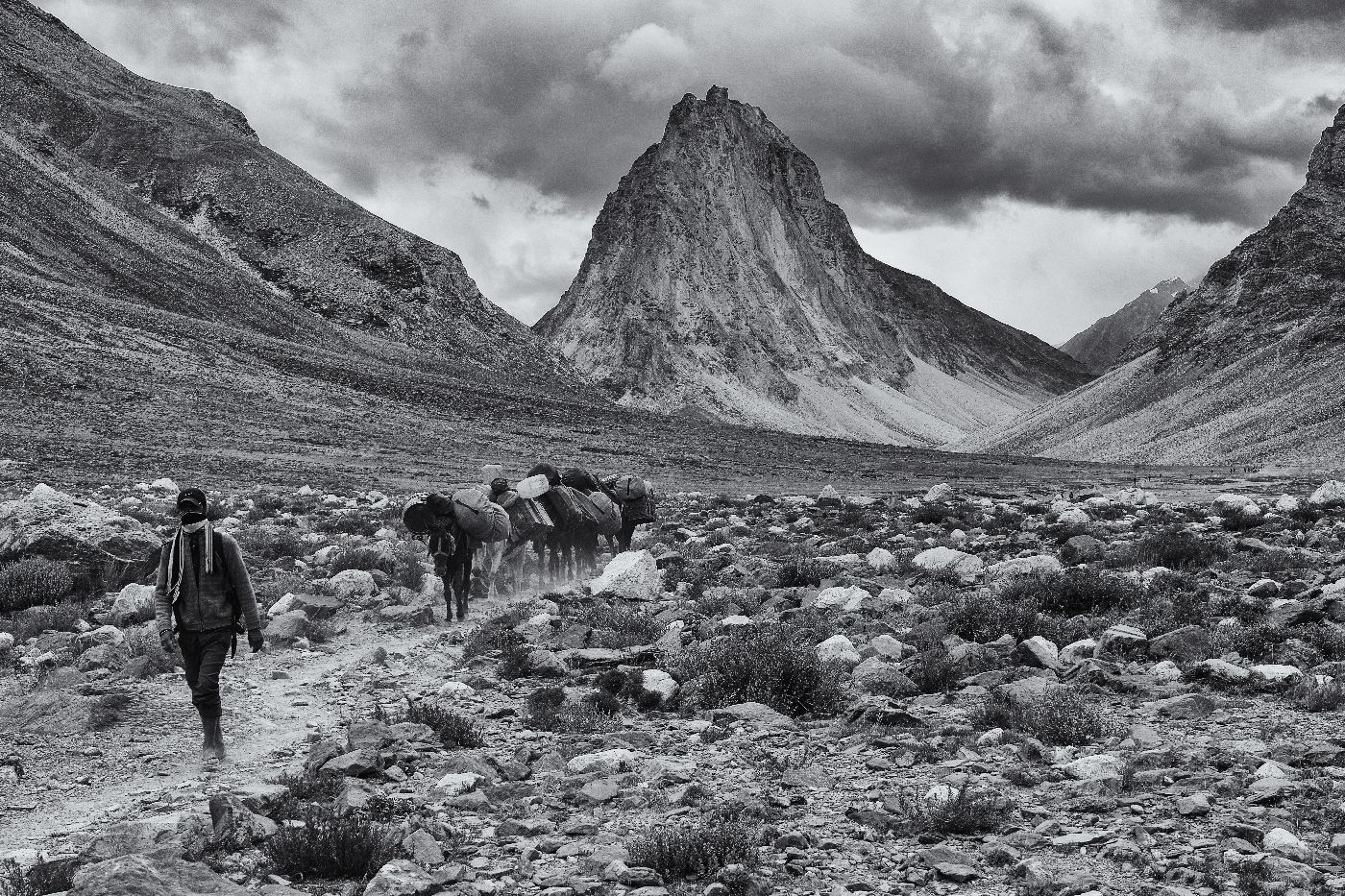
Below Lakhong and Shingo La
Himalayan Health Exchange coordinates a number of medical and anthropological expeditions in the Indian Himalayas. Click here for more information.